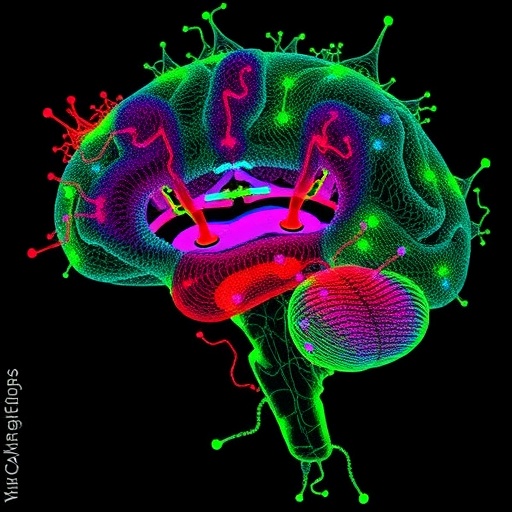About half of all pet owners share their beds or bedrooms with their pets at night. Although this has been the case through the ages, remarkably few studies have been done about the benefits and drawbacks of this practice. Studies about co-sleeping are limited to the bedtime arrangements of adults, or parents and their children. In an article in Springer's journal Human Nature, the authors argue that society regards both human-animal and adult-child co-sleeping with the same unnecessary apprehension. These concerns should, however, be set aside because both practices have their benefits, says lead author Bradley Smith of Central Queensland University in Australia.
Sleeping arrangements between humans have evolved over time and across cultures. In medieval Europe, for instance, sleep was a public and communal affair. It was not uncommon to receive visitors in the bedroom, or for many people to sleep in the same bed. Sleeping with others was a way to increase personal security, conserve resources, and generate warmth. Sleeping with children from birth is still the norm in many cultures, for instance in Egypt and among indigenous cultures in unindustrialized populations. Intergenerational co-sleeping is generally more prevalent in collectivist Asian countries than in contemporary, individualistic or industrialized Western cultures.
In the West, sleep is nowadays regarded as an individual and private experience that helps the body and mind to optimally rest and recuperate. The normative shift from sleep as a public and social affair to a private one arose through a complex "civilizing" process starting in the Victorian era. Social norms and rules began to dictate that each person should sleep in a single bed, in a private place away from public view, and wear appropriate sleeping attire. This gradually introduced the concept of the private bedroom and private sleep to many social classes.
In their paper, Smith and his co-authors use dogs as an example of human-animal co-sleeping. They compare human-canine sleeping with adult-child co-sleeping and argue that both forms of co-sleeping share common factors for establishment and maintenance, and have similar advantages and disadvantages.
According to the Australian researchers, current apprehension about human-animal co-sleeping and bed sharing between parents and their children focuses too much on possible negative aspects or consequences, such as poor health, impaired functioning, the development of problematic behavior, and even sexual dysfunction.
"Apart from its clear reproductive function for the survival of the species, as well as physiological support for the quality and quantity of sleep that are essential to individual health and well-being, co-sleeping fulfils basic psychological needs and reinforces and maintains social relations," highlights Smith. "Throughout history, humans have shared their sleeping spaces with other humans and other animals."
"We propose that human-animal and adult-child co-sleeping should be approached as legitimate and socially relevant forms of co-sleeping," says Smith, who believes that more research should be done on human-animal co-sleeping practices. "Moreover, a comprehensive understanding of human-animal co-sleeping has significant implications for human sleep, human-animal relations, and animal welfare."
###
Reference: Smith, Bradley P. et al. (2017). A Multispecies Approach to Co-Sleeping: Integrating Human-Animal Co-Sleeping Practices into Our Understanding of Human Sleep, Human Nature, DOI: 10.1007/s12110-017-9290-2
Media Contact
Christina Theis
[email protected]
49-622-148-78414
@SpringerNature
http://www.springer.com
http://www.springer.com/gp/about-springer/media/research-news/all-english-research-news/don-t-lose-sleep-over-sharing-your-bed-with-your-pet-or-kids/12461712
Related Journal Article
http://dx.doi.org/10.1007/s12110-017-9290-2
############
Story Source: Materials provided by Scienmag




